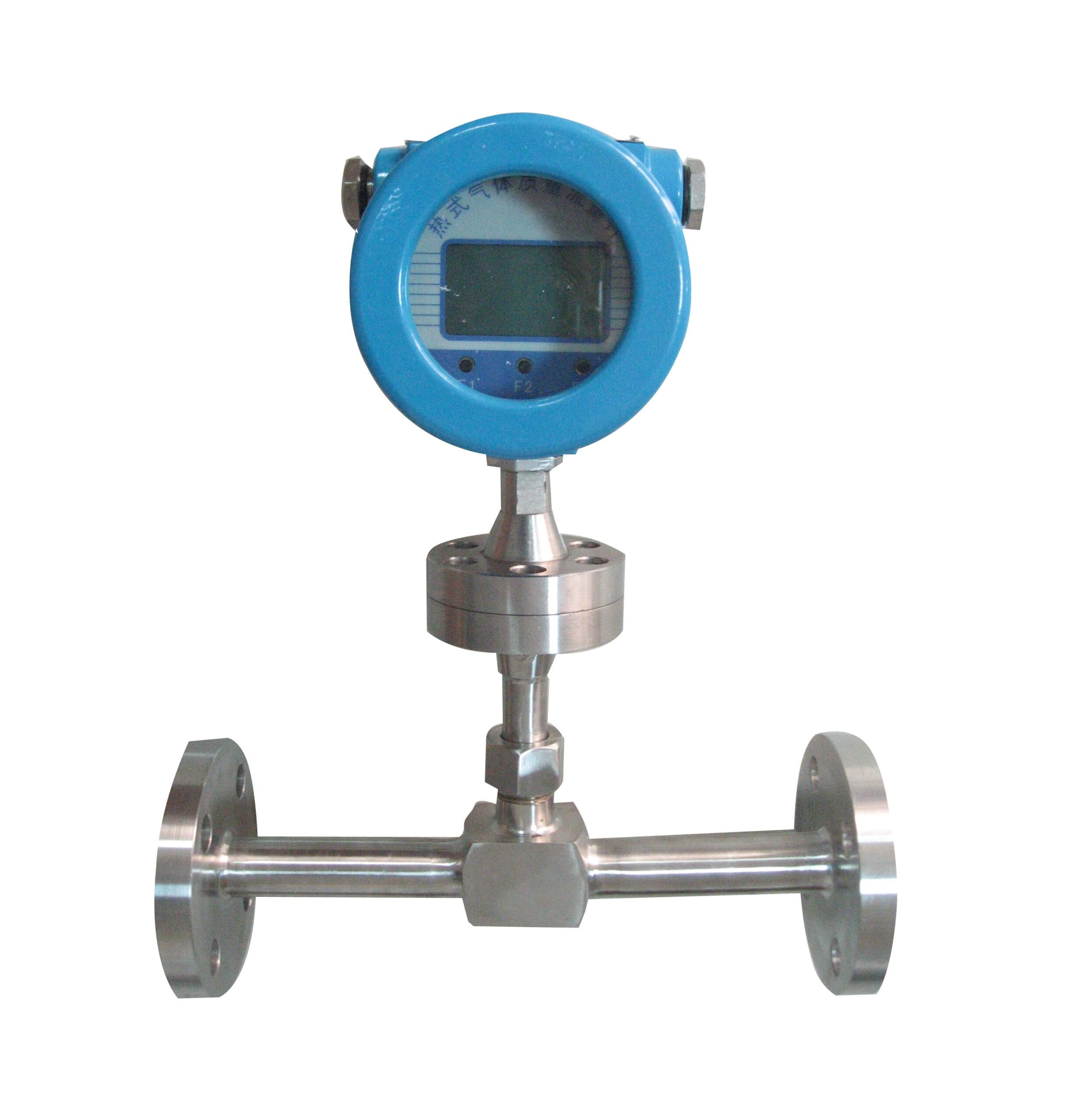
In the ever-evolving landscape of fluid dynamics measurement, electromagnetic flow meters stand out as the epitome of precision and reliability. This definitive guide aims to explore the intricacies of electromagnetic flow meters, delving into their working principles, applications across diverse industries, and the key factors to consider when choosing suppliers in the UAE.
Precision in fluid velocity measurement is paramount across various industries, and electromagnetic flow meters have emerged as the most accurate and reliable instruments for this purpose. With applications spanning from oil and gas to water treatment and beyond, these devices play a crucial role in ensuring efficient and controlled fluid flow.
Understanding Electromagnetic Flow Meters
Electromagnetic flow meters operate on the principles of Faraday’s Law of Electromagnetic Induction. By applying a magnetic field to the conductive fluid and measuring the induced voltage, these meters accurately determine fluid velocity. One of their significant advantages lies in non-intrusive measurement, as they do not require direct contact with the fluid, reducing the risk of contamination.
The oil and gas sector stands as a primary beneficiary of electromagnetic flow meters. In this industry, precise measurement of fluid velocity is indispensable for optimizing operations and ensuring the integrity of pipelines. Additionally, these flow meters find applications in water treatment, chemical processing, and pharmaceuticals, where accuracy in fluid velocity measurement directly impacts product quality and process efficiency.
Choosing the Right Electromagnetic Flow Meter Supplier
Selecting the appropriate electromagnetic flow meter suppliers in uae is a critical decision. Factors such as accuracy requirements, industry-specific needs, and the reputation of suppliers in the UAE must be carefully considered. Through case studies and customer testimonials, potential users can gain insights into successful implementations and the reliability of suppliers.
Beyond their fundamental operation, electromagnetic flow meters boast advanced features. Digital displays and data logging capabilities enable real-time monitoring and historical data analysis, empowering industries to make informed decisions. Furthermore, the integration of electromagnetic flow meters with IoT and Industry 4.0 opens the door to smart industry applications, marking a significant leap forward in flow meter technology.
Challenges and Solutions
While electromagnetic flow meters offer unparalleled accuracy, they are not without challenges. Environmental factors and the need for regular maintenance and calibration present hurdles in some applications. However, advanced calibration techniques and environmental protection measures can address these challenges, ensuring the sustained accuracy and reliability of electromagnetic flow meters.
Examining successful implementations by leading suppliers in the UAE provides practical insights into the real-world impact of electromagnetic flow meters. Detailed project overviews and accounts of achievements and benefits showcase the adaptability and effectiveness of these devices in diverse industrial settings.
Future Trends in Electromagnetic Flow Meter Technology
The evolution of electromagnetic flow meter technology is an ongoing process. Emerging trends include innovations in sensor technology and advancements in communication protocols. These developments not only enhance the precision of fluid velocity measurement but also pave the way for the future integration of electromagnetic flow meters into increasingly sophisticated industrial systems.
Conclusion
In conclusion, electromagnetic flow meters represent the pinnacle of precision in fluid velocity measurement. Their diverse applications, advanced features, and integration with emerging technologies position them as indispensable tools across industries. Recognizing the leading suppliers in the UAE and understanding the challenges and future trends in electromagnetic flow meter technology solidify their standing as key components in the landscape of industrial measurement and control.
This comprehensive guide draws upon citations from reputable industry journals, interviews with experts in flow meter technology, and official documentation from leading suppliers in the UAE. The amalgamation of these sources ensures the accuracy and reliability of the information presented, making this guide an authoritative resource for anyone seeking a deeper understanding of electromagnetic flow meters and their applications.






